January 2, 2015
Gov.-elect Larry Hogan campaigned on the promise to reduce the amount of money Maryland is taking out of its residents pockets. As he and his budget advisers pore over the latest financial projections in the midst of a projected $1.2 billion revenue shortfall, he ought to take note of at least one way he can do that without cutting taxes at all — or even raising them. While he’s at it, he could cut out-of-pocket costs for a lot of Marylanders, help reduce health care costs and potentially save the lives of thousands of people.
At least that’s been the experience so far with Maryland’s tobacco tax, which has proven remarkably helpful in preventing young men and women from smoking — so much so that it has started producing less revenue for the state. Each time the state has raised taxes on cigarettes, cigars and other forms of tobacco, the prices for those products have gone up, and that’s discouraged their use, particularly by teens.
The biggest success story to date was the state’s decision to raise the tax on a pack of cigarettes from $1 to $2 in 2008 (one of the 40-odd tax and fee increases that Mr. Hogan complained about during his campaign for governor) which caused teen smoking rates to decline by nearly one-third in the following two years, or twice the national average. Subsequent surveys of high school students found cigarettes had suddenly lost their appeal to many — 15,000 fewer reported smoking each year, a number that will eventually translate to about $1.5 billion in long-term health care savings, according to a 2013 report by health care advocates.
More recently, the number of teens smoking non-premium cigars — so-called “little cigars” — fell 18 percent after the wholesale tax on them was increased from 15 percent to 70 percent (the equivalent rate increase of that $1-a-pack cigarette tax hike) in 2012. Again, the results greatly outperformed what was happening nationally.
Critics have often countered that mom-and-pop tobacco vendors suffer and that tobacco taxes are not a reliable source of revenue for the state. They are absolutely right on both counts. But profits off of a substance as harmful to human health as tobacco ought not be regarded as sacrosanct. Recently-released revenue estimates show cigarette tax income fell in the month of October to $17,677,500, a decline of 2.92 percent from one year earlier. Of course, some smokers may be purchasing their cigarettes out of state, but the cheaper options are getting fewer — among Northeast states, Maryland’s cigarette tax is fairly typical and far less than what is assessed in New York ($4.35), Massachusetts ($3.51) and Connecticut ($3.40) and only 47 cents above the national average of $1.53.
There are signs, however, that the drop in revenue is not all due to cigarettes being smuggled in from Virginia or other southern states where cigarette taxes are notoriously low but that a genuine reduction in smoking that’s going on. The state’s toll-free smoking cessation hotline is getting substantially fewer calls, for instance, while a half-dozen years of decreased smoking among high school students have resulted in at least 70,000 more smoke-free adults.
There is much more Maryland can do to reduce smoking and, listen up, Mr. Hogan, reduce the financial burden of smoking on government and state residents. The state could spend more on education and anti-smoking advertising, activities to which it devotes a smaller percentage of its tobacco settlement money than most states. It could also — gulp — raise the tax on smokeless tobacco and premium cigars to the same level as little cigars.
That’s what the General Assembly should have done two years ago, if only to be consistent and fair. Such an increase is also likely to reduce the number of young people who in indulge in either. The death of Tony Gwynn last June from oral cancer was a reminder of the hazards of chewing tobacco and similar products, yet an estimated 11 percent of teen boys indulge in that habit. The legislature raised the tax on smokeless in 2012 but only to 30 percent. Health advocates are also talking about raising the cigarette tax to $3 per pack, but that might be too much for a Republican governor.
Still, the tobacco tax is one tax that actually has the potential to save money for all involved, especially in the long run. The less tobacco people consume, the more they save in out-of-pocket costs, let alone taxes. More important, they’ll pay less of a price with their own health (and in the case of second-hand smoke, the health of others around them). Nearly 7,000 deaths annually in Maryland are attributed to smoking, which costs the state almost $2 billion each year in health care expenditures, according to experts.
There are certainly some difficult financial choices facing Maryland’s next governor. But when cutting a tax means cutting short people’s lives, it doesn’t seem a tough call at all.
Last modified: January 5, 2015

